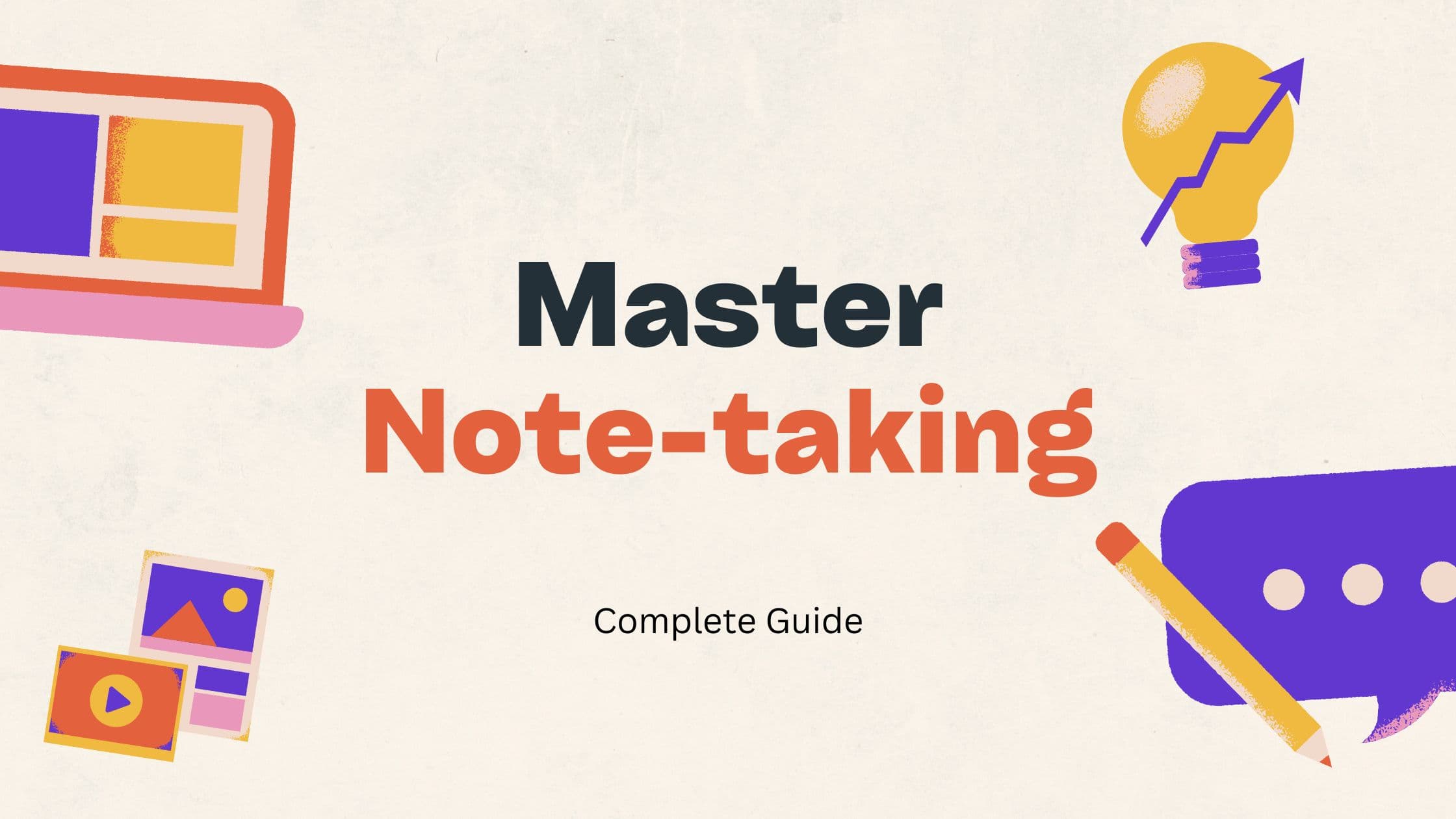Mastering the Art of Effective Note-Taking

Effective note taking is ultimately a vital skill for a level students to learn.
It can help you organize information, enhance understanding and make revision more manageable. Here are some techniques that should hopefully transform your note taking into a powerful study tool.
1. Choose the Right Tools
Digital vs. Paper: You should decide whether you prefer digital or paper notes. Digital notes might include Microsoft OneNote, Evernote or Google Docs, of which offer advantages like eggy, easy organization, searchability and the ability to even include multimedia. However, paper notes can be much more flexible and can help with retention for some students. Make sure to choose what works best for you.
Notebooks and Stationery: If you opt for paper, you should invest in quality notebooks and stationery. It's always useful to try different colored pens, highlighters and possibly even sticky notes that might make your notes more visually appealing and easier to navigate whilst practicing your art skills!
2. The Cornell Method
The Cornell Method is a structured way to take notes that promotes active engagement and efficient revision.
Layout: You should divide your page into three sections, a narrow-left hand column for keywords and questions, a larger right-hand column for more detailed notes, and a bottom section for a conclusion or summary.
Note-Taking: During the lesson or lecture, jot down key points and details in the right-hand column. Use the left-hand column to write down keywords or questions that arise.
During your lecture you should jot down key points and details within the right-hand column you can use the left hand column to write down keywords or questions that might arise.
Summary: After each lesson, summarized the main point in the bottom section. This will allow you to reinforce learning and creates a concise review tool that should hopefully strengthen your memory.
3. Mind Mapping
Mind maps are a visual way to organize information, showing relationships between concepts.
Central Idea: Start with the central topic in the middle of the page.
Branches: Create branches for main ideas or subtopics, and further subdivide these branches with details. Use keywords and images to make the mind map more memorable.
Color-Coding: Use different colors for different branches to help differentiate between sections and make the map visually engaging.
4. Outline Method
The Outline Method is great for organizing information hierarchically.
Main Points: Write main points or headings on the left side of the page.
Subpoints: Place and sub points under each main point. You can use further points below them to provide additional details.
Bullets and Numbering: Use bullets or numbers to keep your notes organized and easy to follow.
5. Flow Notes
Flow notes focus on understanding the material during the note-taking process.
Active Engagement: Write down thoughts, questions, and connections as they come to you during the lesson.
Diagrams and Arrows: You can use diagrams, arrows and other visuals that might help you to show relationships between ideas.
Review: After the lesson, review your notes and highlight key points. Add summaries or additional thoughts in the margins.
6. Bonus Tips!
Active Listening: Pay close attention during lessons. Don’t try to write down everything; focus on key points and concepts. You can instead voice record to write AI generated notes and then come back to them afterwards if need be.
Abbreviations and Symbols: Develop a system of abbreviations and symbols to speed up your notetaking.
For example, use “&” for “and”, “b/w” for “between”, “opp” for “opposite”, “coz” for “because”, “dir” for “direction”, etc.
Consistent Format: Stick to a consistent format for your notes. This makes them easier to review and understand later.
Review Regularly: Regularly review and revise your notes to reinforce learning. This might also help to you identify any gaps in your understanding.
Stay Organized: Try to keep your notes organized by subject and date. Use dividers or digital folders to make it easy to find specific notes when needed.
Conclusion
In my opinion, effective note taking is more than simply writing down what you hear.
It involves regularly reviewing your notes, organizing information in a way that makes sense, and actively engaging with the material and the lesson itself.
Always try to experiment with different techniques such as the Cornell method, mind mapping, the outline method and flow notes. Hopefully through this you can find the approach that works best for you.
Navigation
Website designed & developed with 🖤 by Vasumitra
Website designed & developed with 🖤
by Vasumitra
© 2025 r/alevel • All Rights Reserved


